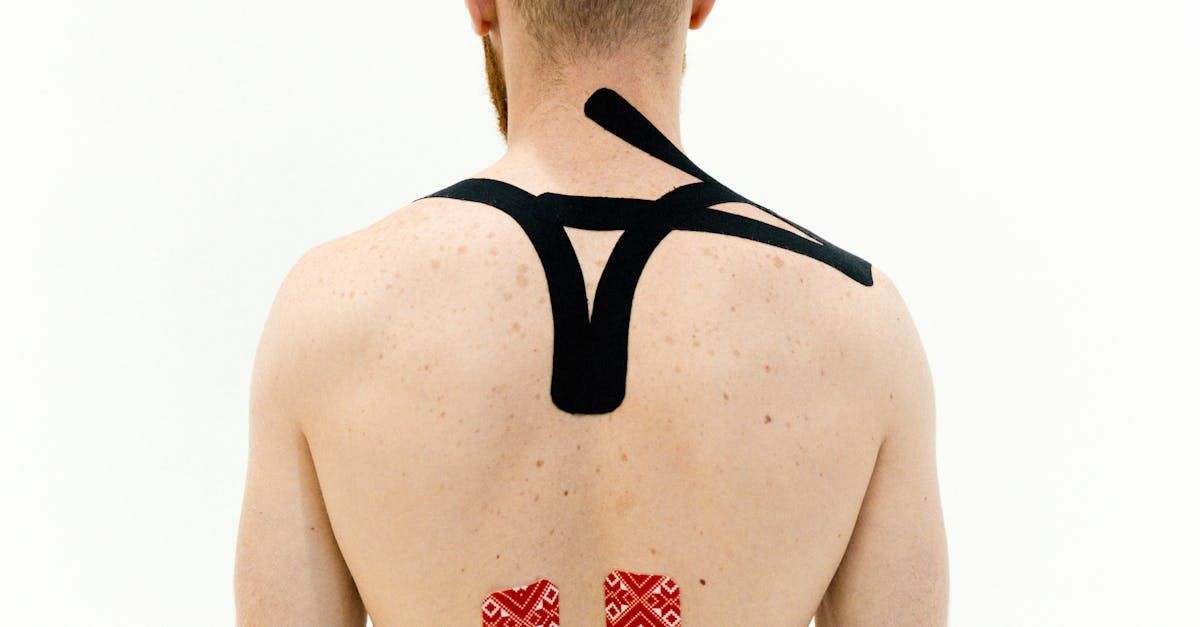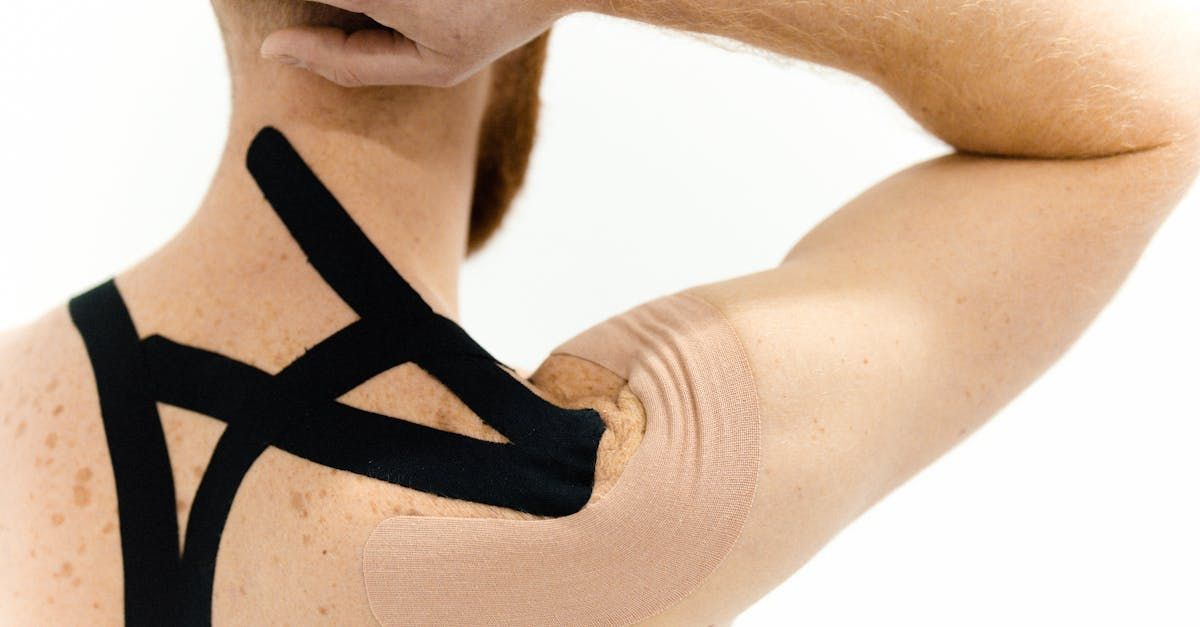Lidocaine Patches: A Comprehensive Guide to Pain Management
Table of contents
Are you tired of popping pills and still battling pain? There’s a patch out there, a little square of relief that might be exactly what you’ve been missing. Lidocaine patches could be the hidden gem in your pain management arsenal.
Dive into this guide, and let’s unpack all the layers of these patches, from their secret workings to their surprising versatility in pain relief.
What Are Lidocaine Patches?
Imagine a tiny, sticky square that holds the power to numb your pain right where it hurts. That’s a lidocaine patch—a topical pain relief wonder that delivers its soothing touch directly to your skin.
Inside this patch, there’s lidocaine, a potent anesthetic that takes the edge off pain by numbing the area it’s applied to. No more worrying about the side effects of oral medications; this patch keeps it local, targeting pain right at the source.
How Do Lidocaine Patches Work?
Lidocaine is a crafty little compound, working its magic by blocking sodium channels in nerve cells. Think of it as a roadblock, stopping those pesky pain signals from reaching your brain.
When you stick a lidocaine patch on your skin, it slowly releases its soothing power over hours, giving you sustained relief without the constant need to reapply.
The Science Behind Lidocaine
To really get why lidocaine patches are so effective, let’s peel back the layers:
- Absorption: The patch doesn’t just sit there—it delivers lidocaine through your skin, soaking into the tissues beneath.
- Nerve block: Once it’s in, lidocaine targets the nerve fibers, setting up camp and blocking those sodium channels.
- Pain signal interruption: With the channels blocked, pain signals are left floundering, unable to reach their destination.
- Localized effect: Unlike the scattershot approach of oral meds, lidocaine patches zero in on the pain without dragging your whole body into the mix.
A study in the Journal of Pain Research backs this up, showing that lidocaine patches excel at easing various types of localized pain, with minimal absorption into the rest of your system [https://www.ncbi.nlm.nih.gov/pmc/articles/PMC6121086/].
Applications in Human Medicine

Lidocaine patches are like Swiss Army knives in the world of pain management, useful in all sorts of situations:
- Post-herpetic neuralgia: The burning pain that lingers after shingles.
- Lower back pain: Whether it’s a chronic nag or a sudden spasm, the patch can help.
- Osteoarthritis: When joints get stiff and sore, this patch brings relief.
- Sports injuries: From sprains to muscle strains, it’s a go-to for athletes.
- Post-surgical pain management: After surgery, when the pain kicks in, these patches are a gentler option.
Lidocaine patches are more than just a one-trick pony; they’re a versatile ally in the fight against pain across various medical fronts.
Advantages of Lidocaine Patches
Why should you reach for a lidocaine patch? Here’s the rundown:
- Targeted pain relief: The patch doesn’t mess around—it goes straight to the problem area.
- Minimal systemic effects: No more worrying about your whole body reacting to pain meds.
- Easy to use: Stick it on and let it work—pain relief doesn’t get much simpler.
- Non-invasive: Forget needles and pills—this patch keeps things pain-free.
- Long-lasting: Hours of relief without constant reapplication—what’s not to love?
Potential Side Effects and Precautions
But wait—before you rush to slap on a patch, there are a few things to keep in mind:
- Skin irritation: Some folks might find their skin gets a bit red or itchy where the patch sits.
- Allergic reactions: Though rare, it’s possible to be allergic to lidocaine or other ingredients in the patch.
- Overdose risk: Piling on too many patches or leaving one on too long could lead to too much lidocaine in your system.
- Interactions: Lidocaine patches can play poorly with some medications, so it’s wise to check with your doctor first.
The American Academy of Family Physicians has laid out thorough guidelines to ensure you use these patches safely [https://www.aafp.org/pubs/afp/issues/2015/0901/p397.html].
How to Apply Lidocaine Patches Correctly
To get the most out of your lidocaine patch, make sure you’re applying it the right way:
- Clean and dry the affected area thoroughly.
- Remove the protective backing from the patch.
- Apply the patch directly to the skin, ensuring full contact.
- Press the edges firmly to secure the patch in place.
- Leave the patch on for the recommended duration (usually up to 12 hours).
- Remove the patch and dispose of it properly.
- Allow the skin to "rest" before applying a new patch, if needed.
Follow the instructions from your healthcare provider or the product packaging to the letter.
Alternatives to Lidocaine Patches

Lidocaine patches not your thing? Here are some other options to consider:
- Other topical analgesics: Creams, gels, or sprays with ingredients like menthol or capsaicin.
- TENS units: Devices that use electrical currents to relieve pain.
- Physical therapy: Exercises and manual therapy to tackle the root of the problem.
- Acupuncture: A traditional method that’s been relieving pain for centuries.
- Oral medications: NSAIDs or other pain relievers that you take by mouth.
The Mayo Clinic has a wealth of information on various pain management techniques that might just be what you need [https://www.mayoclinic.org/pain-medications/art-20045647].
Conclusion
Lidocaine patches are a straightforward, effective way to take control of localized pain. By targeting the pain at its source, these patches minimize the side effects that come with other forms of pain management, making them a trusted choice in many medical settings.
Whether you’re dealing with an ongoing pain problem, recovering from surgery, or exploring your options, lidocaine patches could be the solution. But remember—always consult your healthcare provider to ensure it’s the right choice for you.
Related Posts
Disclaimer: The content provided in this blog post is for informational purposes only and is not intended as a substitute for professional medical advice, diagnosis, or treatment. Always seek the advice of your physician or other qualified health provider with any questions you may have regarding a medical condition. Never disregard professional medical advice or delay in seeking it because of something you have read on this blog.
You May Also Like
All Rights Reserved | Tu Colombia Online



